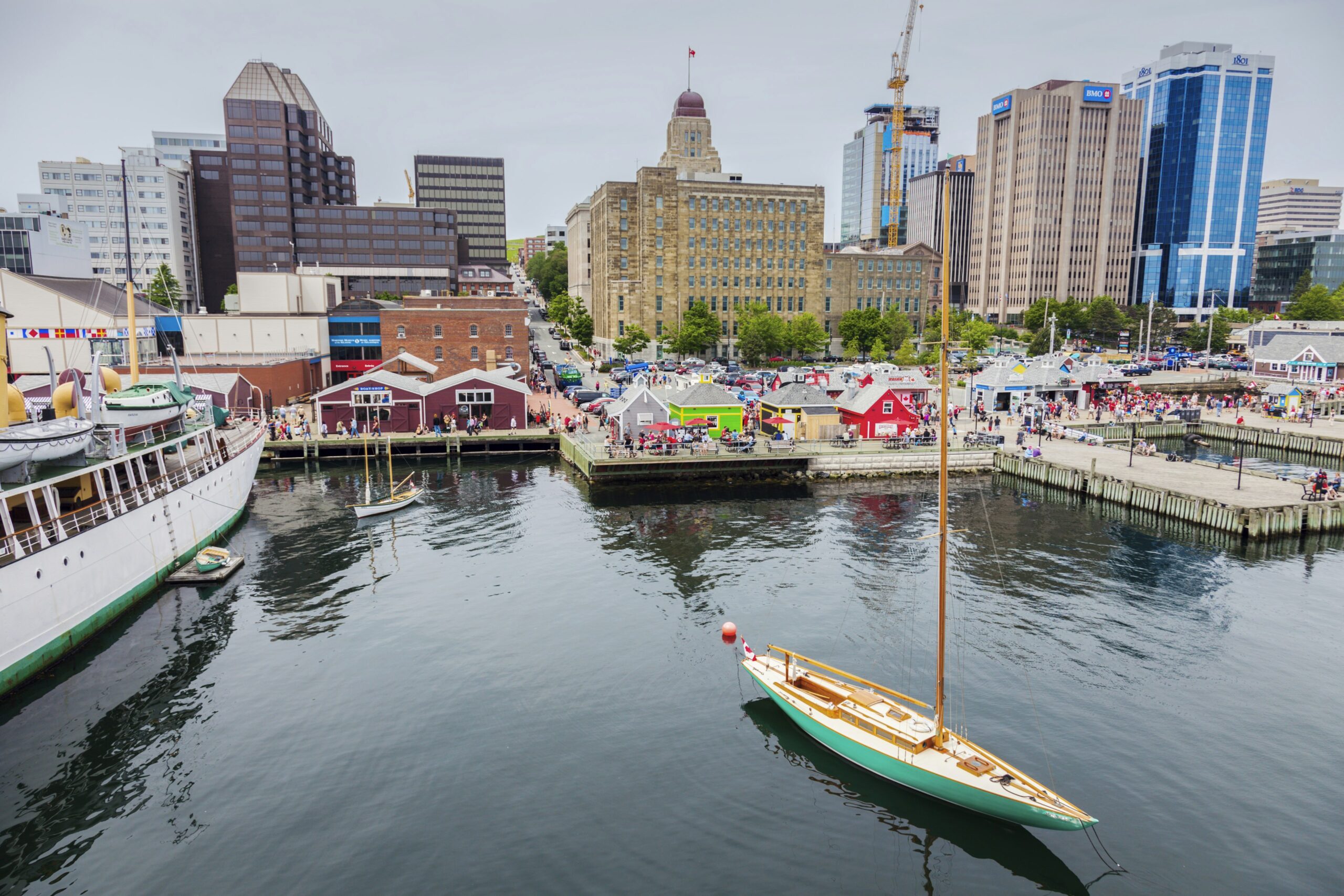Known as Canada’s ocean playground, Nova Scotia earns its nickname by being nearly surrounded by the Atlantic. But coastal fun is just the beginning of the adventures you can have on a road trip that knits together Nova Scotia’s natural and cultural heritage at three UNSECO World Heritage sites and a fourth that should be.
Spend six to eight days exploring the fishing town of Lunenburg, the French Acadian homeland of Grand-Pré, the world class archaeological shoreline at Joggins Fossil Cliffs and the Fortress of Louisbourg. You’ll also enjoy stops along the rural routes in between. Buckle up and enjoy the ride.
When to arrive: Seasonal hours at many attractions narrow the window for the best visiting time from mid-May to mid-October.
Where to fly into: Flying into and out of Halifax Stanfield International Airport, begin with a short stay in downtown Halifax before launching your Nova Scotia road trip in Lunenburg.
How to rent a car: Pick up your rental car right at the airport, but book it well ahead of arrival.
What to pack: Aside from your favorite casuals, pack comfortable walking shoes, a hat and windbreaker. Bring something smart casual for a night of fine dining. Shorts and dresses will be more comfortable in summer, but wear light layers in spring and fall.
If flying, start your Nova Scotia road trip in Halifax. Lunenburg is the starting point if you arrive on the CAT Ferry from Maine to Yarmouth. If you’re driving into the province from New Brunswick, begin at Joggins, continue to Louisbourg and finish at Lunenburg and Grand-Pré.
Stop 1: Halifax
Vibes: Busy, walkable waterfront in an historic port city that is Nova Scotia’s capital.
Do: Stroll the boardwalk on the Halifax waterfront. Stop in at the Canadian Museum of Immigration at Pier 21, which reveals a Halifax that was the equivalent of Ellis Island as a major port of entry for immigrants. Next, explore the Maritime Museum of the Atlantic, where you can see artifacts from the Titanic disaster and learn more about Halifax’s seafaring history. Uphill from the waterfront, past the town clock — a Halifax icon — check out the fortress atop Citadel Hill. Take one of the daytime walking tours, or better yet, book a creepy nighttime ghost tour that really brings the past to life. Also worth a stop is the Victorian-style Halifax Public Gardens, where the noise and bustle of the city center…
Click Here to Read the Full Original Article at Stories – Lonely Planet…
